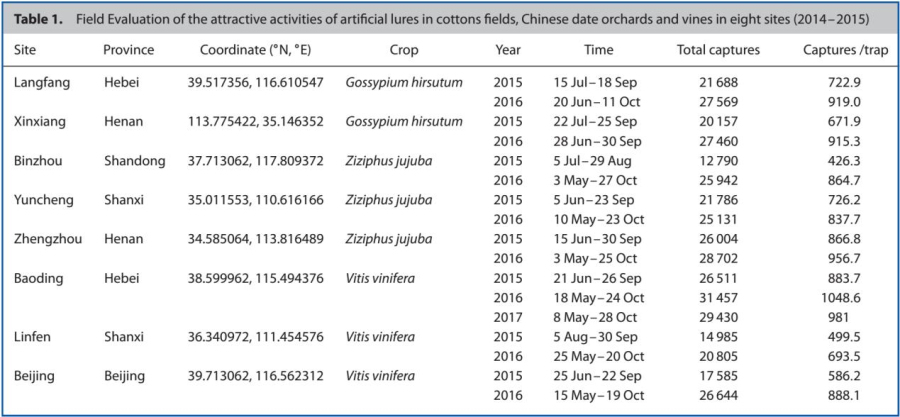The present study identified the sex pheromone of A. lucorum and developed a type of high-efficiency and long-term lure. The results could expand the knowledge of the pheromones of plant bugs, and provide novel technologies to monitor and control this pest.
The representative paper is “Identification and field evaluation of the sex pheromone of Apolygus lucorum (Hemiptera: Miridae) in China”, published online in Pest Management Science (Quartile rank of Chinese Academy of Sciences, 1; Impact factor, 3.75) on December 11, 2019. Zhang Tao is the first author. Ning Jun and Wu Kongming are the corresponding authors. The Institute of Plant Protection, Hebei Academy of Agriculture and Forestry Sciences is the first unit.
Article Link: https://onlinelibrary-wiley-com.s12040.top/doi/full/10.1002/ps.5714

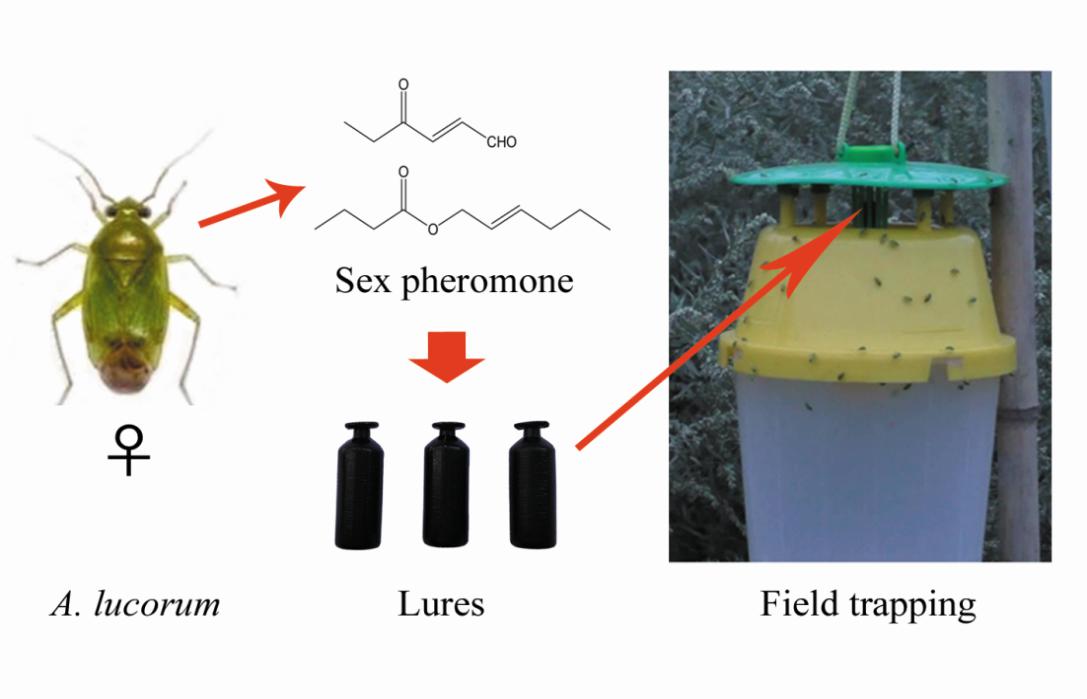
Background
Historically, Apolygus lucorum was considered to be minor pests on cotton in China. However, following the area-wide adoption of Bt cotton and the reduced use of chemicals for controlling cotton bollworms, there was a resurgence of A. lucorum, causing extensive yield losses cotton, cereals, vegetables, and various fruits. Currently the most effective and frequently used methods to control this plant bug involve the use of synthetic pesticides, and new, more environmentally-acceptable approaches are required to minimize or avoid the use of these pesticides. To control this plant bug, we attempted to develop a new approach by identifying and utilizing its sex pheromone.
Main results
1. Identification of sex pheromone components
Three main components were identified in the fresh extracts from adult A. lucorum: (E)-4-oxo-2-hexenal (4-OHE), hexyl butyrate (HB) and (E)-2-hexenyl butyrate (E2HB). E2HB was the major component in extracts from female adults, while HB was identified as the major component from males. 4-OHE was detected in the fresh extracts from both female and male adults. However, 4-OHE degraded too rapidly in the extracts prior to their evaluation. 4-OHE, HB and E2HB were not detected in the extracts from A. lucorum nymph. The GC-EAD tests showed that the antennae of A. lucorum males responded strongly to artificial 4-OHE, HB and E2HB, indicating that these compounds are sex pheromone candidates.
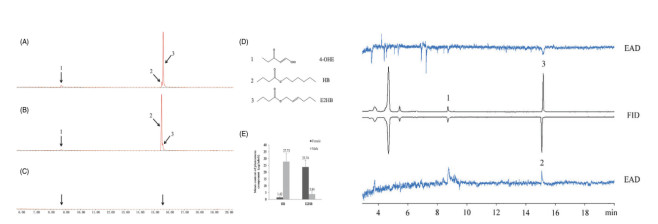
Fig. 1 Identification and GC-EAD of the putative sex pheromone of A. lucorum
2. Development of efficient lures for attracting A. lucorum
A PE-vial type of dispensers for plant bugs was developed. In each vial, E2HB, 4-OHE in 200 μL of sunflower oil were loaded. The release rate test showed that the highest release rates of 4-OHE and E2HB were detected on the 2nd and 3rd days. Thereafter, the release rates decreased slowly over at least 40 days. The percentage of E2HB in the blend emitted was relatively constant at 65-70% over six weeks. On the 40th day, the release rates of 4-OHE and E2HB were 2.93 and 1.98 μg hr-1, respectively, which were greater than those from an individual virgin female, suggesting that the lures could remain attractive even after 40 days.
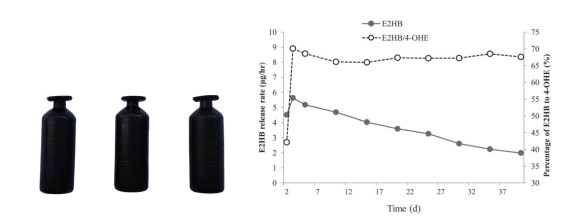
Fig. 2 Lures and the release rates of sex pheromone components
3. Optimization of sex pheromone via field trials
Through field trapping experiments, the ratio of 4-OHE and E2HB were optimized. The mixture at 3:2 of 4-OHE and E2HB attracted the most plant bugs (11.24 males/trap/d), while the blends with a ratio in the range of 4:11 to 13:2 caught significantly more males than (7:8 to 10:5) or as many males as (other ratios) three virgin female. And increasing the amount of 4-OHE and E2HB at a 3:2 ratio from 0.5 to 12 mg increased the number of individuals caught by the traps, and amounts above 12 mg did not increase the numbers caught. We also proved that the lures could significantly attracted A. lucorum males in at least five weeks.
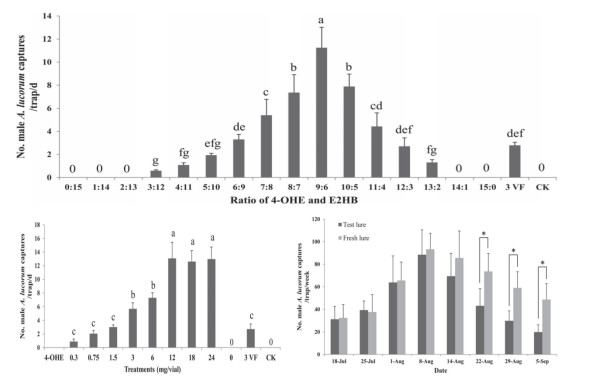
Fig. 3 The optimization of sex pheromone of A. lucorum
4. The evaluation of the sex attractant in various crops and districts
The further evaluation of A. lucorum lures in 2015-2017 showed that the attractants had great efficiency in trapping bugs in cotton fields, vineyards and Chinese date orchards. Although agrochemicals were regularly applied at most sites, more than 20,000 A. lucorum males were caught in less than one growing season. More concretely, each trap could catch and kill 499.5-1048.6 plant bugs per year (Table 1). In addition to reducing the direct damage from trapped A. lucorum males, our attractants could potentially reduce the population in the next generation. For this reason, the attractants showed great potential for monitoring and controlling A. lucorum in various crops throughout northern China.
